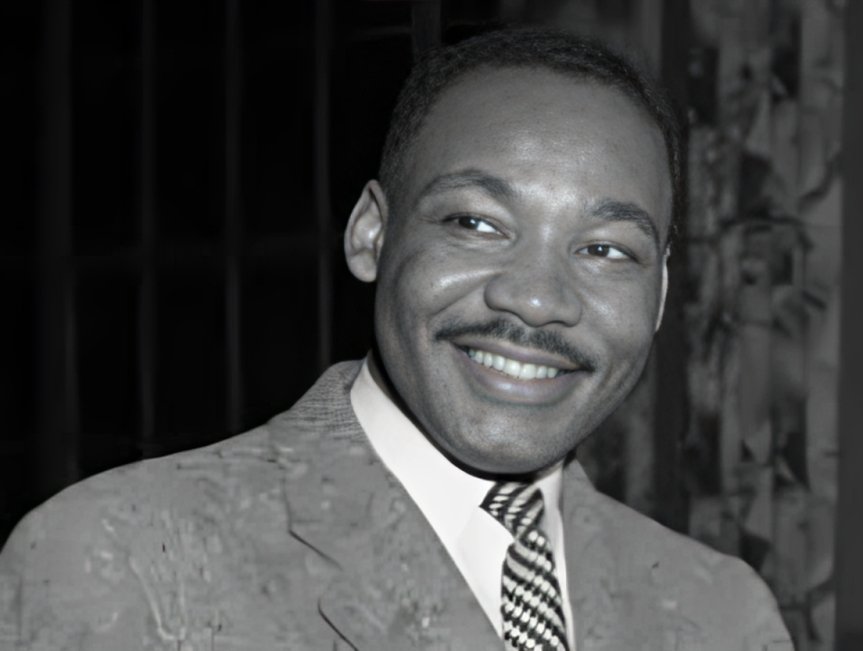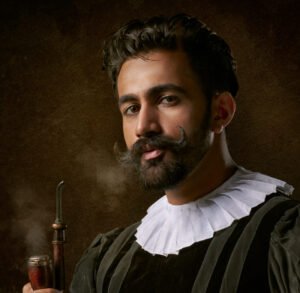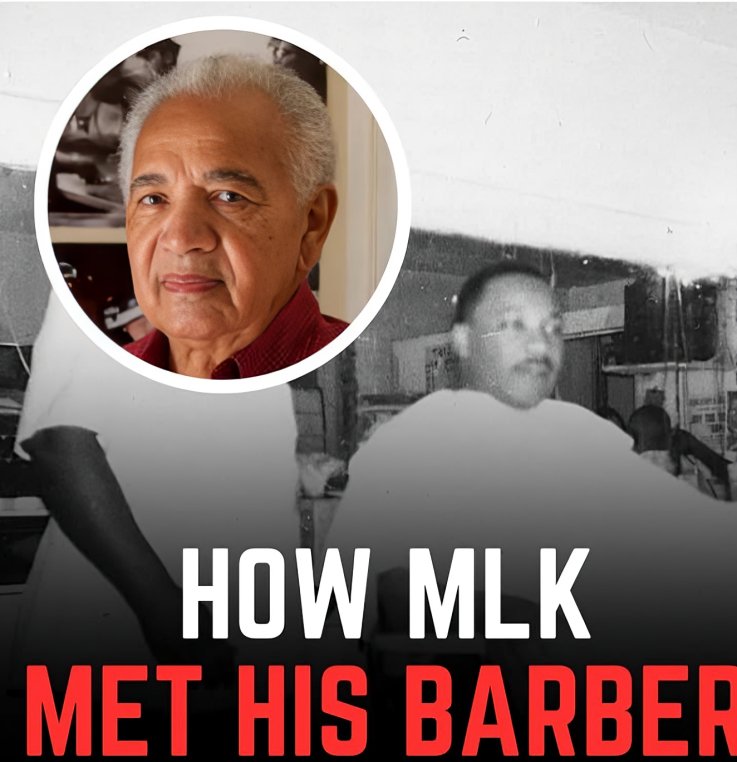Want to know about our offers first?

Martin Luther King Jr. is remembered around the world for his profound leadership in the Civil Rights Movement. From delivering the legendary “I Have a Dream” speech to marching for justice across the segregated South, every image of him carries the unmistakable impression of dignity and purpose. One part of his appearance that has stood the test of time is the Martin Luther King haircut.
While not flashy or trendy, his haircut was simple, clean, and consistent—a reflection of the man himself. Many have asked: What haircut did Martin Luther King have? Beyond curiosity, this interest taps into the cultural and historical symbolism of Black men’s grooming in the 1950s and 60s.
The Martin Luther King haircut is best described as a low taper fade with a natural top. This classic style was common among professional Black men in the mid-20th century. The low taper fade blended gradually around the sides and back, giving a sharp yet understated appearance.
This grooming style aligned with the standards of respectability and self-presentation that many Black leaders adopted during the Civil Rights era. Clean grooming was not just about style—it was about asserting dignity in a society that often denied it.

Several features made Martin Luther King haircut unique and recognizable:
His mustache became a signature look—sharp, well-shaped, and dignified. This butterfly mustache played a symbolic role in his image, reinforcing his disciplined and thoughtful presence.
The man responsible for maintaining Dr. King’s grooming was Nelson Malden, a skilled barber from Malden Brothers Barber Shop in Montgomery, Alabama. Malden started cutting King’s hair during his early years as a preacher at Dexter Avenue Baptist Church.
Their barber-client relationship was more than functional—it was based on trust, respect, and understanding. Malden understood the significance of maintaining consistency in Dr. King’s grooming appearance, especially in a time when every public image carried political weight.
Malden’s shop, a fixture of barber shop culture in Montgomery, was more than a grooming space. It served as a gathering place where civil rights activists shared ideas, and where a young Dr. King refined his public identity.

Dr. King cared deeply about his appearance, not out of vanity but out of a desire to lead by example. In the midst of marches, boycotts, and national addresses, he always appeared neat, calm, and poised. His grooming preferences were part of how he projected leadership.
He understood that his mustache and haircut symbolized discipline, respectability, and pride. In an era where stereotypes about Black men abounded, a clean-cut appearance helped him defy prejudice while inspiring pride within the Black community.
The Martin Luther King haircut transcended grooming trends. It emerged as a defining visual symbol of the Civil Rights Movement, reflecting core values such as discipline, determination, and modesty. Dr. King’s consistent look communicated that the movement itself was built on moral strength and unity.
The style encouraged a generation of Black men to take pride in their appearance. His haircut and mustache became icons of dignity, signaling leadership in a society demanding change.
If you’re inspired by the Martin Luther King haircut and want to bring its clean, classic vibe to today’s styles, here’s what to ask your barber:
Make sure to show a photo if you can. While today’s grooming tools have evolved, the essence of this style still works, especially for those who appreciate timeless elegance.
Today, many young men are revisiting historical grooming styles for their cultural and aesthetic value. The MLK haircut has made a subtle comeback—often modernized with cleaner fades or sharper line-ups, but still grounded in that classic look.
From barbershops in San Francisco to grooming tutorials online, the low taper fade and mustache style associated with Dr. King continue to influence new generations. His style is not just about nostalgia—it’s about carrying forward a legacy of pride, strength, and clarity.

A contemporary take on Dr. King’s classic taper fade and mustache style, honoring timeless elegance with a modern edge.
There’s a powerful message in Martin Luther King haircut: that something as simple as grooming can carry deep meaning. Dr. King’s clean, consistent style reminded people that the movement he led was built on principle, preparation, and purpose.
His appearance said, “We are ready. We are serious. We are dignified.” And that message resonates still.
Did MLK style his hair?
No. Dr. King’s longtime barber, Nelson Malden, was responsible for maintaining his haircut and mustache during his years in Montgomery.
Was his haircut popular in the 60s?
Yes. The low taper fade haircut was a common and respected style among professional Black men in the 1950s and 60s.
Can the MLK haircut work for all hair types?
The haircut works best on curly and coarse hair textures, but can be adapted by experienced barbers to suit others.
Where did he get his haircut?
At Malden Brothers Barber Shop in Montgomery, Alabama, is a landmark in the community and Civil Rights history.
The Martin Luther King haircut is more than a hairstyle—it’s a symbol. Every photo reflects a man rooted in discipline, clarity, and dignity. His mustache and fade weren’t chosen for fashion, but for function: to reflect a man leading a movement with purpose.
From Montgomery to the steps of the Lincoln Memorial, Dr. King’s appearance told the world that he—and the movement—were grounded in integrity. Today, his grooming choices still echo as reminders that even the smallest details can reflect the biggest ideals.
Whether you’re drawn to its style, significance, or historical roots, the Martin Luther King haircut stands as a lasting tribute to an enduring icon.
Want to know about our offers first?